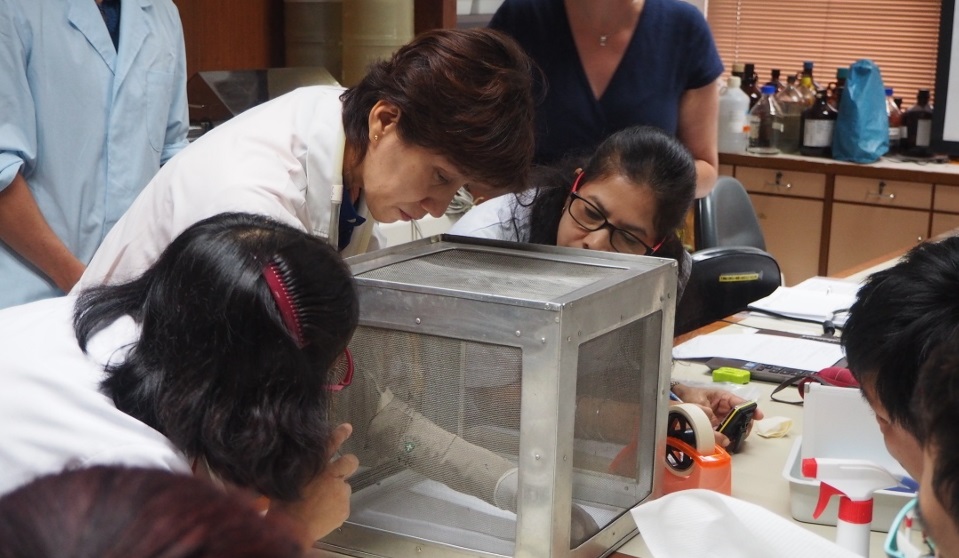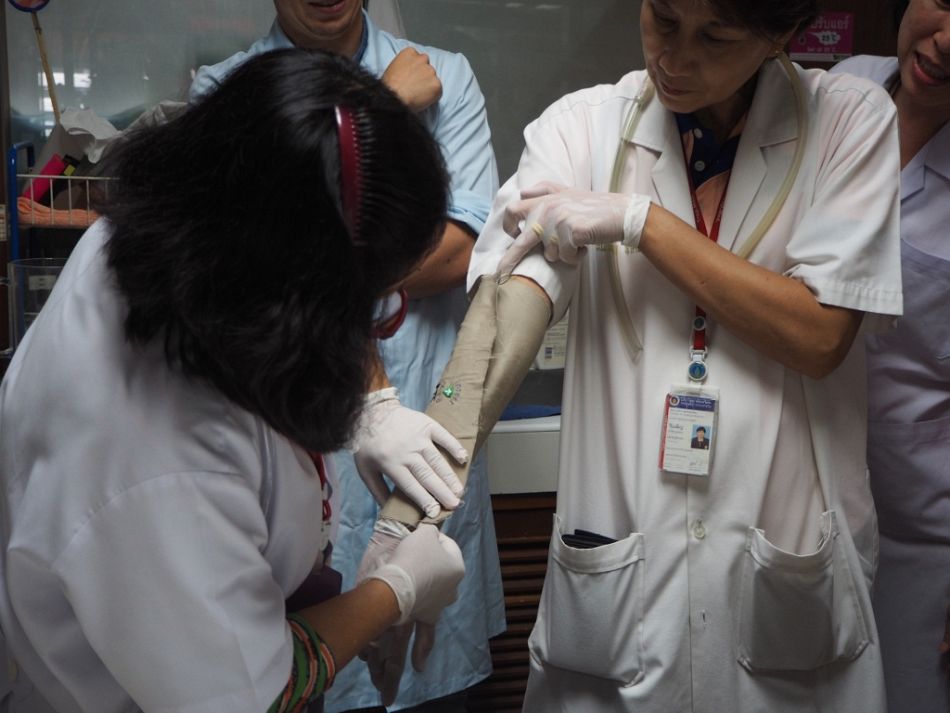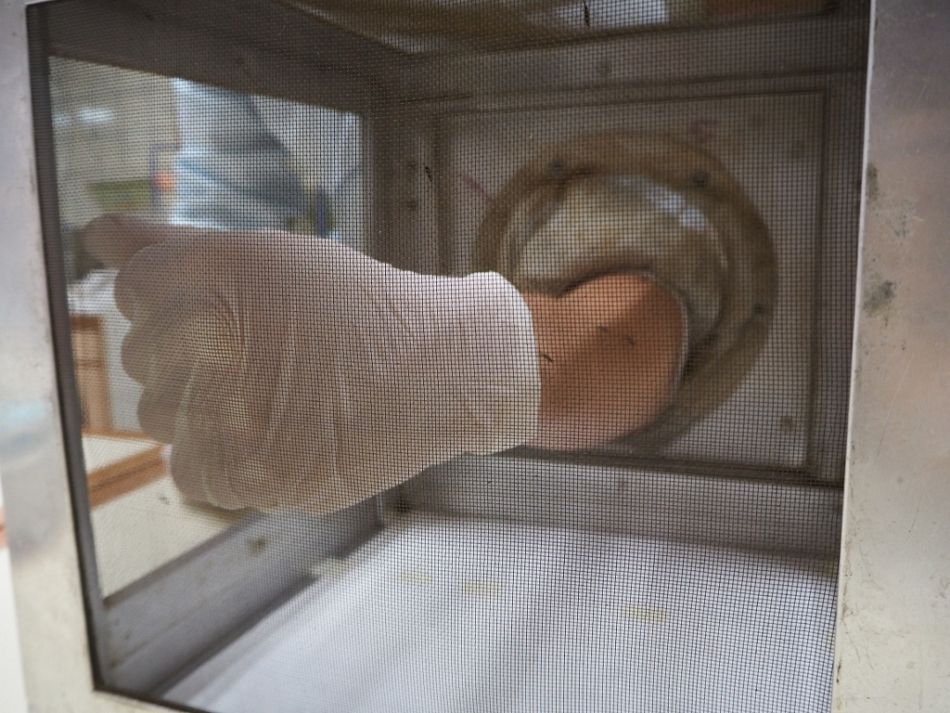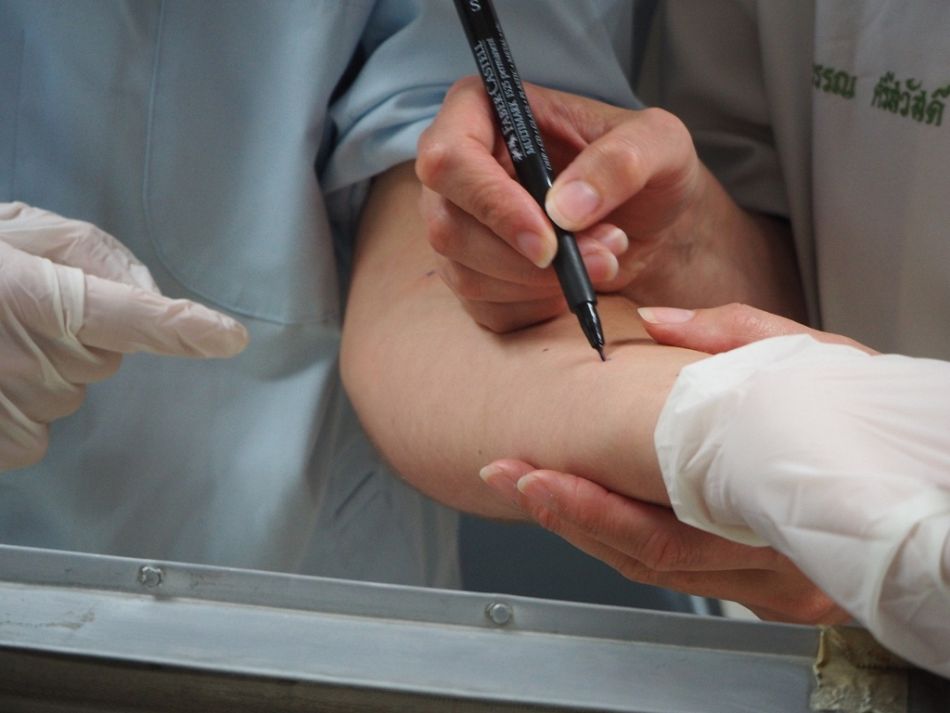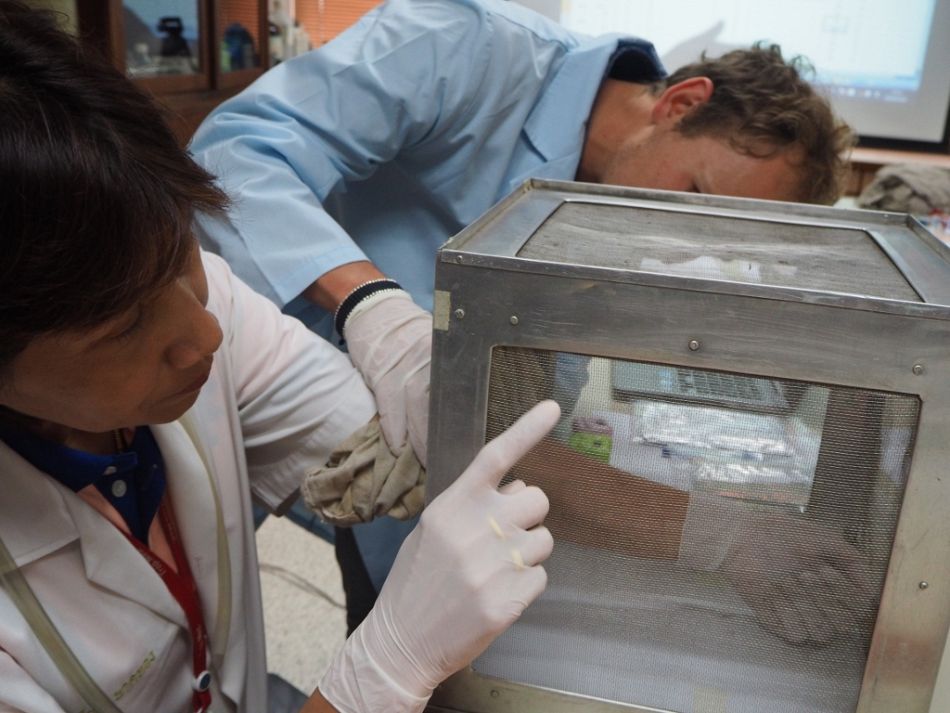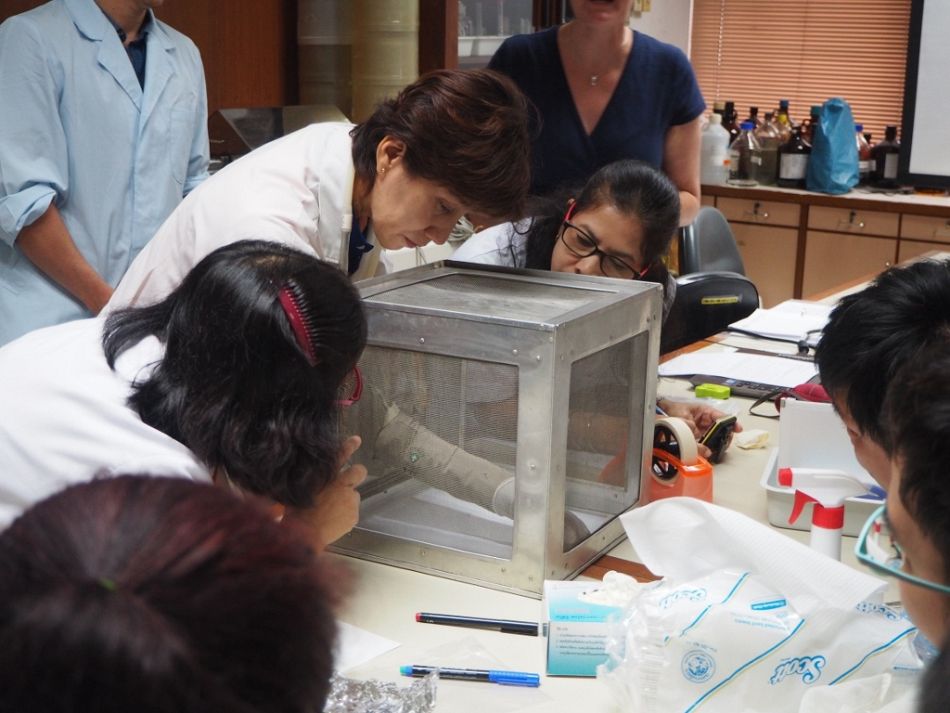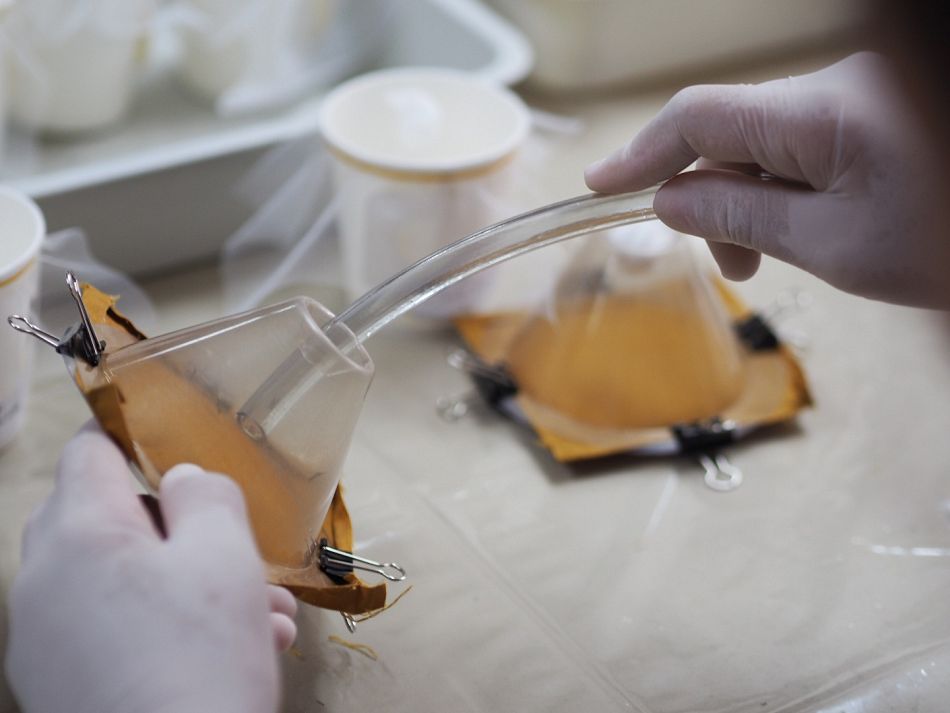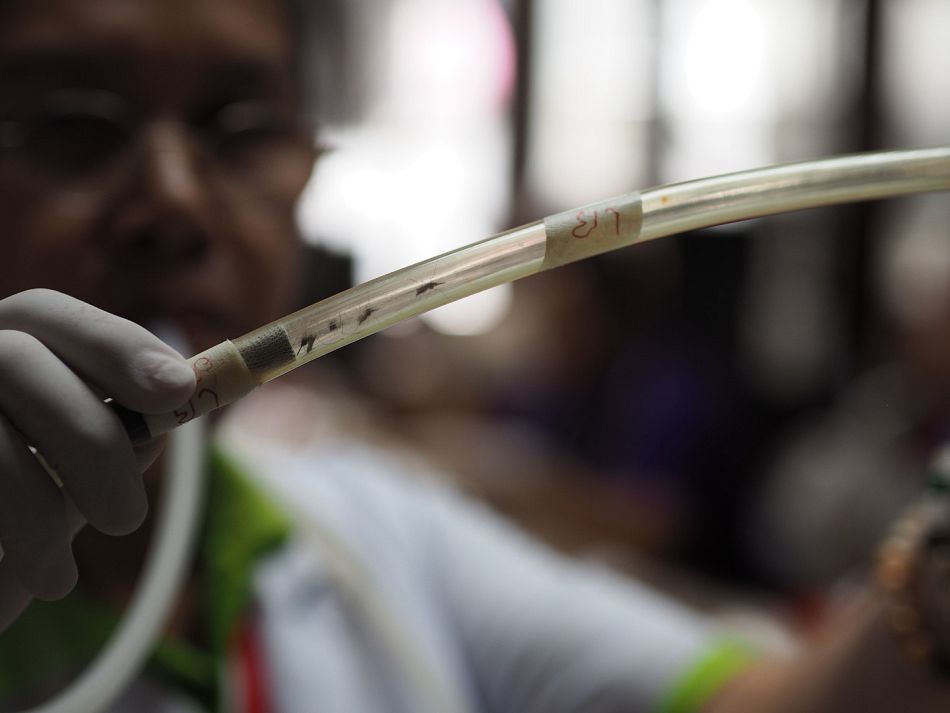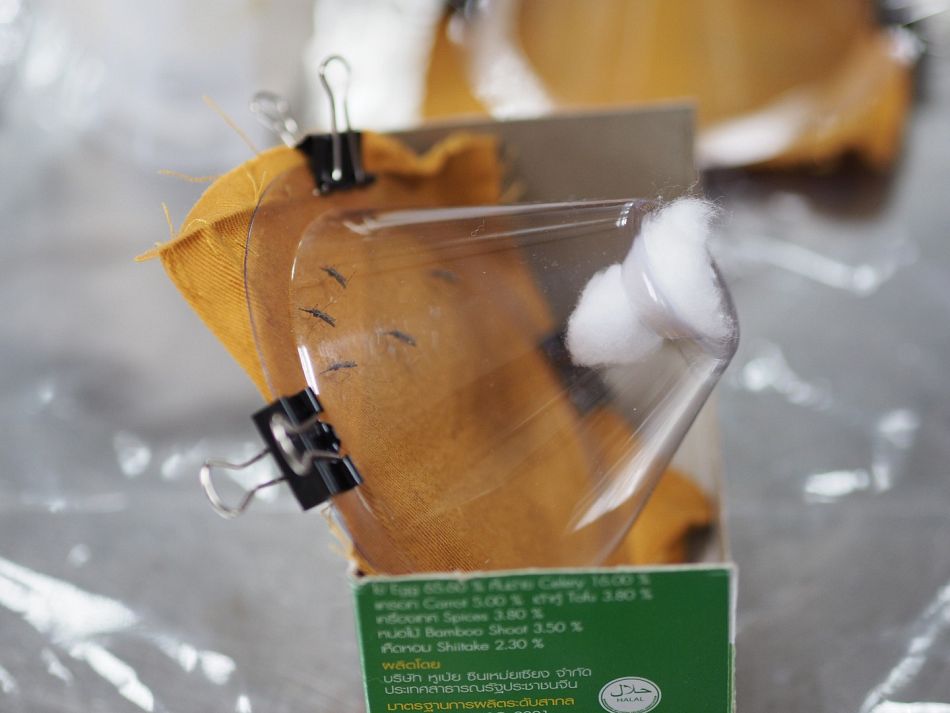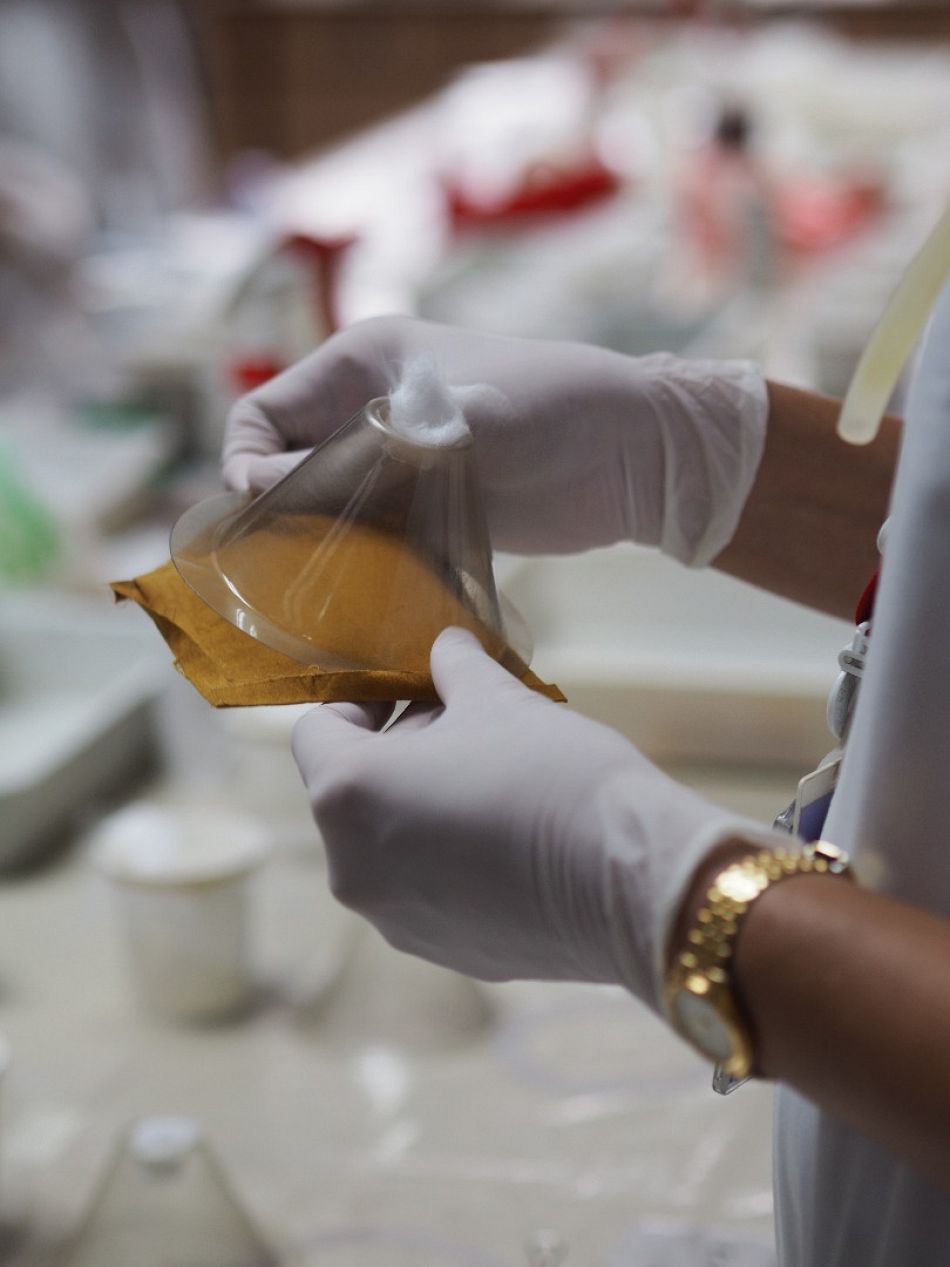According to the recent World Malaria Report 2015, around 234 million people are at high risk of malaria in Southeast Asia. The region accounted for 10 percent of global malaria cases and seven percent of deaths in 2015.
There are two types of malaria that cause the most concern in the region – and both can be deadly. Seventy-four percent of P. vivax malaria cases occur in Southeast Asia. P. falciparum resistance to artemisinin, the most effective treatment, is also of grave concern in the region and has now been detected in five countries in the Greater Mekong Subregion (GMS): Cambodia, Lao People’s Democratic Republic, Myanmar, Thailand and Vietnam.
Malaria can be transmitted by biting mosquitoes during indoor and outdoor activities. However, current malaria vector control policy relies almost entirely on methods that address indoor feeding and resting mosquitoes through indoor residual spraying and insecticide treated mosquito nets. National malaria control programmes are finding that outdoor mosquitoes continue to pose a challenge to their efforts. Certain groups, such as night-time forest workers or migrant populations, are exposed to outdoor transmission on a daily basis. Nightime activities such as working on rubber plantations or travelling to forested areas can increase the risk immensely. These groups are also less likely to know about malaria and often have less access to preventive measures.
Permethrin is a common synthetic chemical that is widely used as an insecticide for mosquito nets. However, it can also be applied to clothing and other materials and garments. The chemical is approved for use on mosquito nets and garments by the World Health Organization (WHO). Little is known about responses of mosquitoes to permethrin-treated clothing, and whether this intervention has a significant impact on disease transmission.
With funding from UK aid from the UK government, Malaria Consortium has been working together with the Department of Medical Entomology, Faculty of Tropical Medicine Mahidol University and arctec at the London School of Hygiene & Tropical Medicine, to conduct a collaborative study on the laboratory evaluation of permethrin-treated clothing for reducing contact between humans and mosquitoes.
An acceptability and preference study has already been carried out in rubber plantations in Myanmar[1]. Currently, the insecticide treated fabrics are being evaluated in laboratory experiments using WHO cone test bioassays and arm-in-cage repellency tests to determine the level of protection provided by different types of insecticide-treated clothing. Ultimately, the tests will indicate how effective the treated clothing will be in the short- to medium-term when worn by the rubber tappers. The results from the laboratory and acceptability studies will be used to inform decisions on the fabrics that are to be taken forward to a randomised controlled trial to reduce malaria incidence in populations working outdoors, or for dengue prevention.
The photos below show initial laboratory trials from the study. The test will be replicated with all randomly selected clothing, with results compared by an independent laboratory for validation. It is expected that the outcome of this study will help us develop an effective method for the control of outdoor malaria transmission in Thailand and Myanmar. The results are expected early next year.
[1] Crawshaw A, Maung TM, Kyaw MP, Tin MW, Sint N, Win AYN, Celhay O, Nicholas S, Roca-Feltrer, Shafique, Hii J. Acceptability and effectiveness of insecticide-treated clothing for prevention of outdoor malaria transmission among rubber tappers in Myanmar. Abstract oral presentation at the Joint International Tropical Medicine meeting 2015, 2-4 Dec 2015, Bangkok, Thailand.
Wanweena Tangsathianraphap is the External Communications Officer in Asia
